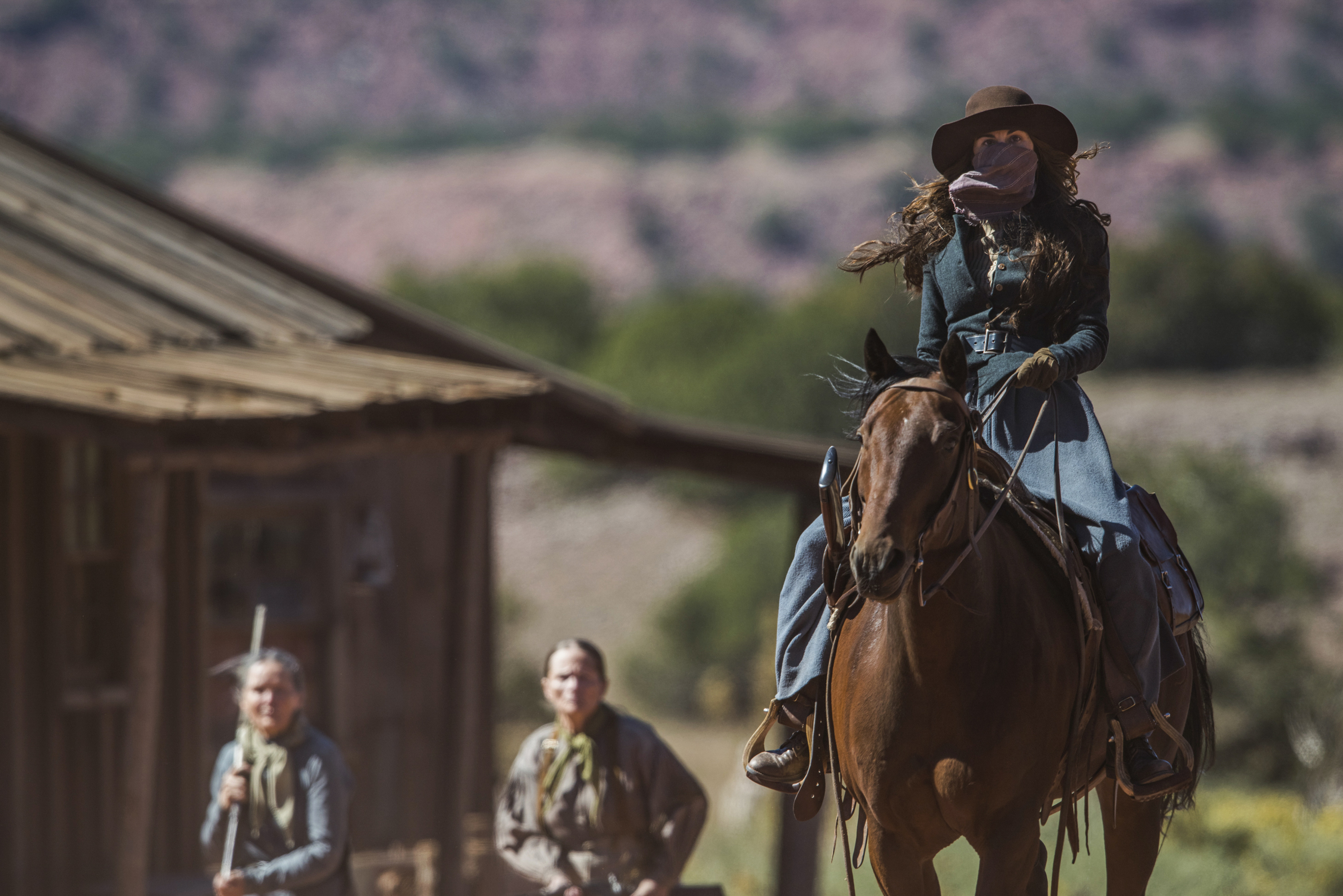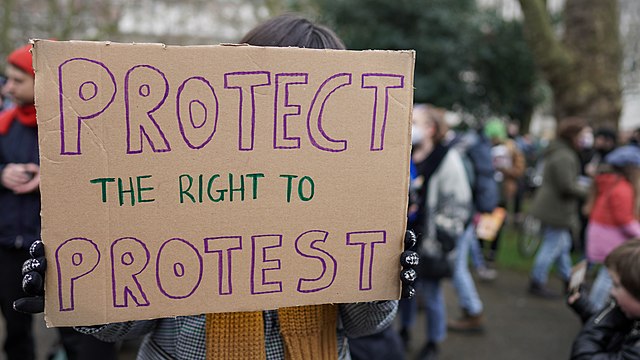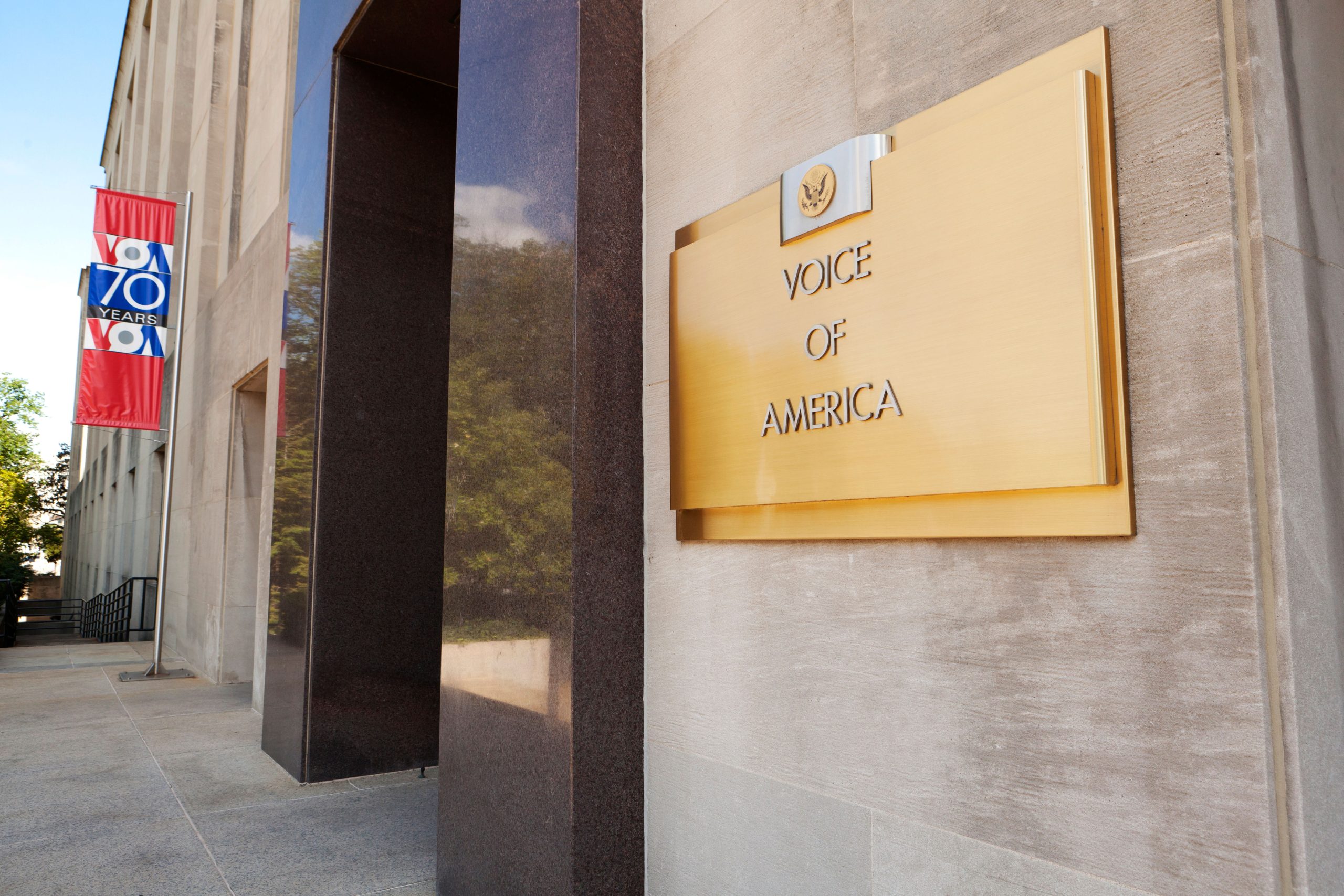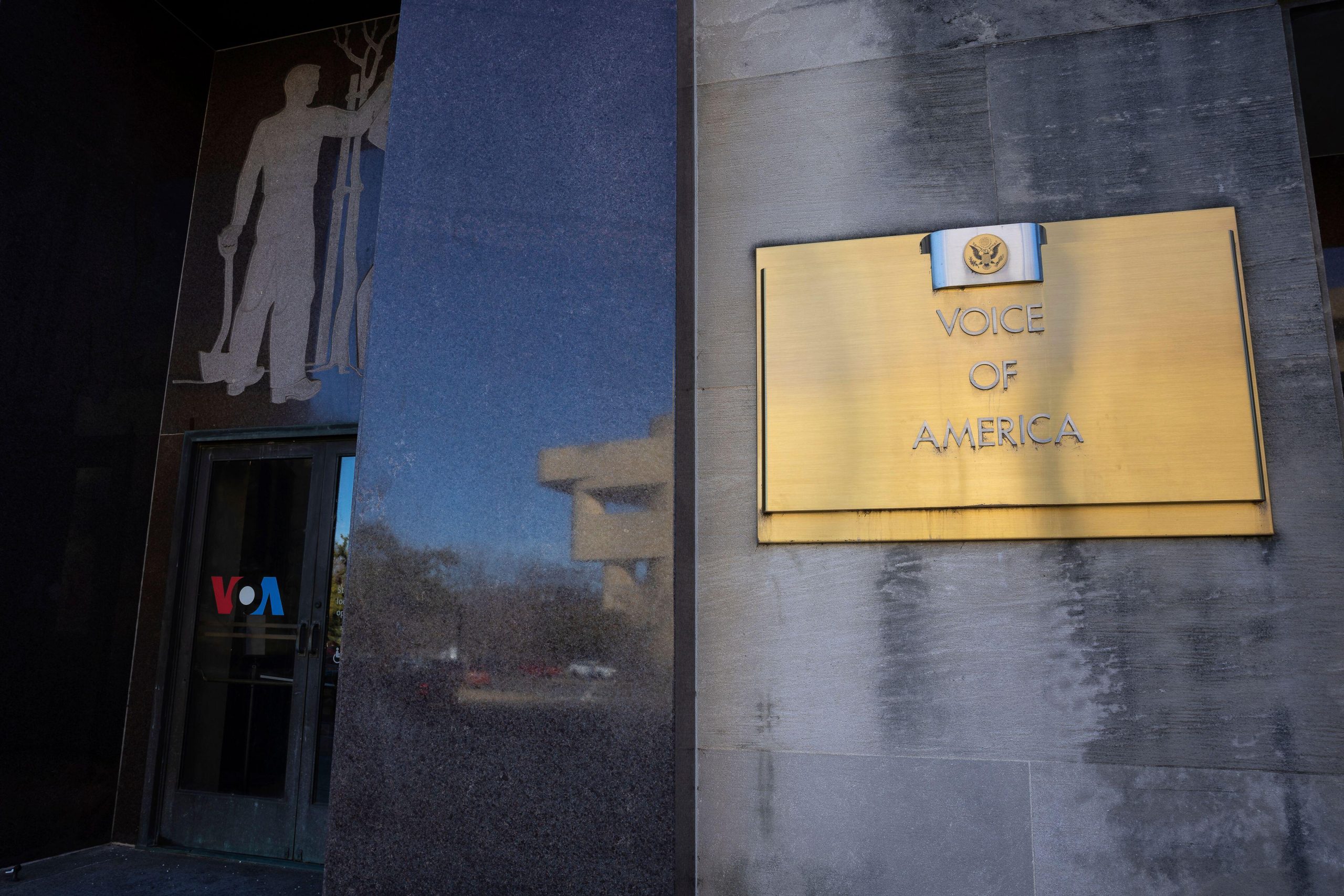[vc_row][vc_column][vc_custom_heading text=”Women of the Wild West have been omitted from popular history and culture, but they’re finally receiving airtime, writes Jan Fox “][vc_row_inner][vc_column_inner][vc_column_text]
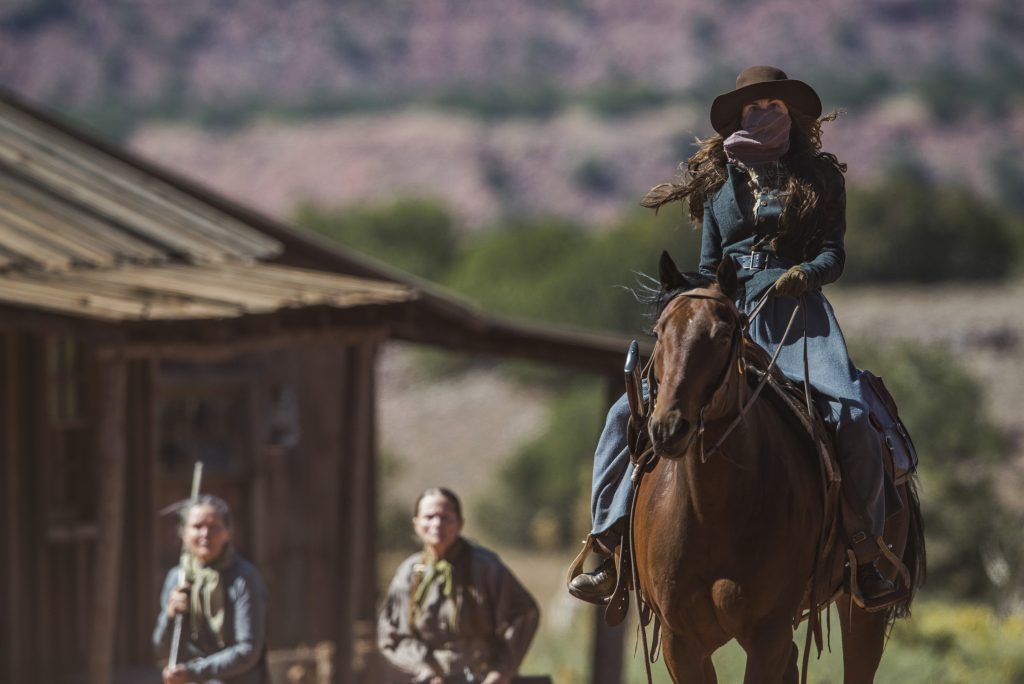
Michelle Dockery stars in Netflix’s Godless, a new show featuring the rarely seen female pioneer, Ursula Coyote/Netflix
[/vc_column_text][/vc_column_inner][/vc_row_inner][/vc_column][/vc_row][vc_row][vc_column][vc_column_text]
Netflix’s new hit show, Godless, is set in a 19th century western USA town run by women. La Belle, New Mexico, has experienced a mining tragedy, killing most of the men and putting women in charge. The cowboys are almost gone and in their place we see women brandishing guns and riding horses.
Godless turns the traditional male-dominated Western genre on its head. It has focused attention on the forgotten women who rolled across the western plains. The storyline may be fictional, but strong pioneer women playing a major part in running these frontier towns is more true to life. But often this side of the history of the west was ignored.
The term “pioneer” refers to anyone who ventured into, and settled, new lands in the USA. Starting in Jamestown, Virginia, in 1607, people moved into the country’s interior and, finally, to the west coast. This history of westward exploration has been told mostly from a male angle. Western landscapes are represented by heroic men on horseback: cowboys, cavalry officers, sharpshooting sheriffs and notorious outlaws.
“In films like Shane and other Westerns, women lack real decision-making authority, and ethnic or racial women appear as prostitutes or bad influences, if they appear at all,” said Laura Woodworth-Ney, executive vice-president and provost of Idaho State University and author of Women and the American West.
It’s definitely a case of his-story, not her-story.
In response to this, the Pioneer Woman Museum in Oklahoma was born.
“I don’t remember learning anything about these women when I was at school in the 1980s, and from the visitors we get at the museum, I don’t think student textbooks are any different today. We need to change that story,” said museum director Kelly Houston. “There were many single and widowed women who went west, but they are largely ignored by history.”
For example, after the Homestead Act of 1862, people raced to claim 160 acres of free public land. Among the biggest of these land races or “runs” in Oklahoma was the one in 1893 when more than 100,000 people showed up.
[/vc_column_text][/vc_column][/vc_row][vc_row][vc_column width=”1/4″][vc_icon icon_fontawesome=”fa fa-quote-left” color=”custom” align=”right” custom_color=”#dd3333″][/vc_column][vc_column width=”3/4″][vc_custom_heading text=”There were many single and widowed women who went west, but they are largely ignored by history” google_fonts=”font_family:Libre%20Baskerville%3Aregular%2Citalic%2C700|font_style:400%20italic%3A400%3Aitalic”][/vc_column][/vc_row][vc_row][vc_column][vc_column_text]
“Widowed or single women could take part if they were over 21. The land runs were extremely competitive and arduous. You had to line up for days, including overnight,” said Houston.
Once a starting gun was fired, people sprinted to a free lot and literally staked a claim. They then had to go to the land registry office to have it signed into their name.
“Not many people realise that women were doing this,” Houston explained.
There were other ways in which pioneer women were key to the development of new towns.
“In Oklahoma, they were the movers and shakers of society, forming clubs and organisations. They are the ones improving school lunches, starting libraries, raising money and so on, and that often gets ignored. They also set up businesses like laundries, shops and cafes,” said Houston.
Something else that gets forgotten is the vital economic role women played in the home.
“In many cases, they were vitally important to their family’s survival through the side-businesses that they ran: raising and selling chickens, making butter, taking in mending. That income could literally save a family in a bad winter if a crop failed,” Houston explained.
A lack of historical sources is a major problem in piecing together a true picture of 19th century pioneer women, explained Woodworth-Ney. “Most working-class women were illiterate at this time, and for many minority women English was not their first language. Apart from that, they would have been too busy working to write anything down. We do have some diaries and letters from lower-middle-class and educated women, including some on the Oregon Trail. In the past 20 years, women historians have been active in shining a light on these, but they are still not readily available.
“They are hard to find because of the cataloguing practices of the late 19th and early 20th centuries when items would have been filed in the archives under the husband’s name and things like diaries and letters would have been filed in the ‘family’ section of his papers and were considered far less important. So this is not so much an intentional type of censorship, but it was hiding these women.”
Elizabeth Gillan Muir, a Toronto-based author and retired lecturer, addresses some of the reasons why pioneer women preachers have been left out of history in her upcoming book, A Women’s History of Christianity. Religion was the cornerstone of life in 19th century USA, and in the great westward expansion more than 100 women preachers travelled to new towns to help “civilise” these unregulated, and often wild, frontier communities.
Although travelling evangelists were perhaps less of a problem than women preaching from the pulpit, men still saw women as a real threat in this situation,” said Muir.
“For the most part, I think why we don’t hear about these pioneer woman preachers is that when they died, their obituaries omitted any reference to preaching activity. Pliny the Elder, writing in the first century AD, said that information about women doctors was intentionally hidden so that, after they died, no one would ever know that they had lived. This is a similar thing, erasing women preachers from history.”
[/vc_column_text][/vc_column][/vc_row][vc_row][vc_column][vc_column_text]
This article is a web special ahead of the launch of the special report in Index on Censorship‘s spring 2018 issue, The Abuse of History, focusing on how history is being manipulated or censored by governments and other powers.
Look out for the new edition in bookshops
Jan Fox is the US contributing editor for Index on Censorship
[/vc_column_text][/vc_column][/vc_row][vc_row][vc_column][vc_custom_heading text=”From the Archives”][vc_row_inner][vc_column_inner width=”1/3″][vc_single_image image=”70877″ img_size=”213×287″ alignment=”center” onclick=”custom_link” link=”http://journals.sagepub.com/doi/pdf/10.1080/03064229108535157″][vc_custom_heading text=”Fear and loathing in San Francisco ” font_container=”tag:p|font_size:24|text_align:left” link=”url:http%3A%2F%2Fjournals.sagepub.com%2Fdoi%2Fpdf%2F10.1080%2F03064229108535157|||”][vc_column_text]July 1991
The law of the gun rules in Cyberspace as it did in the days of America’s ‘Wild West‘, according to American poet and internet activist John Perry Barlow in 1991[/vc_column_text][/vc_column_inner][vc_column_inner width=”1/3″][vc_single_image image=”90649″ img_size=”full” alignment=”center” onclick=”custom_link” link=”http://journals.sagepub.com/doi/pdf/10.1080/03064220008536796″][vc_custom_heading text=”Women as censors” font_container=”tag:p|font_size:24|text_align:left” link=”url:http%3A%2F%2Fjournals.sagepub.com%2Fdoi%2Fpdf%2F10.1177%2F0306422013495334|||”][vc_column_text]September 2000
Mark Kenny looks at how women’s self-censorship has a long, and in most cases, honourable history[/vc_column_text][/vc_column_inner][vc_column_inner width=”1/3″][vc_single_image image=”90965″ img_size=”full” alignment=”center” onclick=”custom_link” link=”http://journals.sagepub.com/doi/pdf/10.1080/03064229308535477″][vc_custom_heading text=”Portrait of a much abused lady” font_container=”tag:p|font_size:24|text_align:left” link=”url:http%3A%2F%2Fjournals.sagepub.com%2Fdoi%2Fpdf%2F10.1177%2F0306422013513103|||”][vc_column_text]January 1993
The politically correct establishment is coopting the feminist discourse to turn it back on the radicals says Marjorie Heins[/vc_column_text][/vc_column_inner][/vc_row_inner][vc_separator][/vc_column][/vc_row][vc_row content_placement=”top”][vc_column width=”1/3″][vc_custom_heading text=”The abuse of history” font_container=”tag:p|font_size:24|text_align:left” link=”url:https%3A%2F%2Fwww.indexoncensorship.org%2F2018%2F04%2Fthe-abuse-of-history%2F|||”][vc_column_text]The spring 2018 issue of Index on Censorship magazine takes a special look at how governments and other powers across the globe are manipulating history for their own ends
With: Simon Callow, David Anderson, Omar Mohammed [/vc_column_text][/vc_column][vc_column width=”1/3″][vc_single_image image=”99282″ img_size=”medium” alignment=”center” onclick=”custom_link” link=”https://www.indexoncensorship.org/2018/04/the-abuse-of-history/”][/vc_column][vc_column width=”1/3″ css=”.vc_custom_1481888488328{padding-bottom: 50px !important;}”][vc_custom_heading text=”Subscribe” font_container=”tag:p|font_size:24|text_align:left” link=”url:https%3A%2F%2Fwww.indexoncensorship.org%2Fsubscribe%2F|||”][vc_column_text]In print, online. In your mailbox, on your iPad.
Subscription options from £18 or just £1.49 in the App Store for a digital issue.
Every subscriber helps support Index on Censorship’s projects around the world.
![]() SUBSCRIBE NOW[/vc_column_text][/vc_column][/vc_row]
SUBSCRIBE NOW[/vc_column_text][/vc_column][/vc_row]

